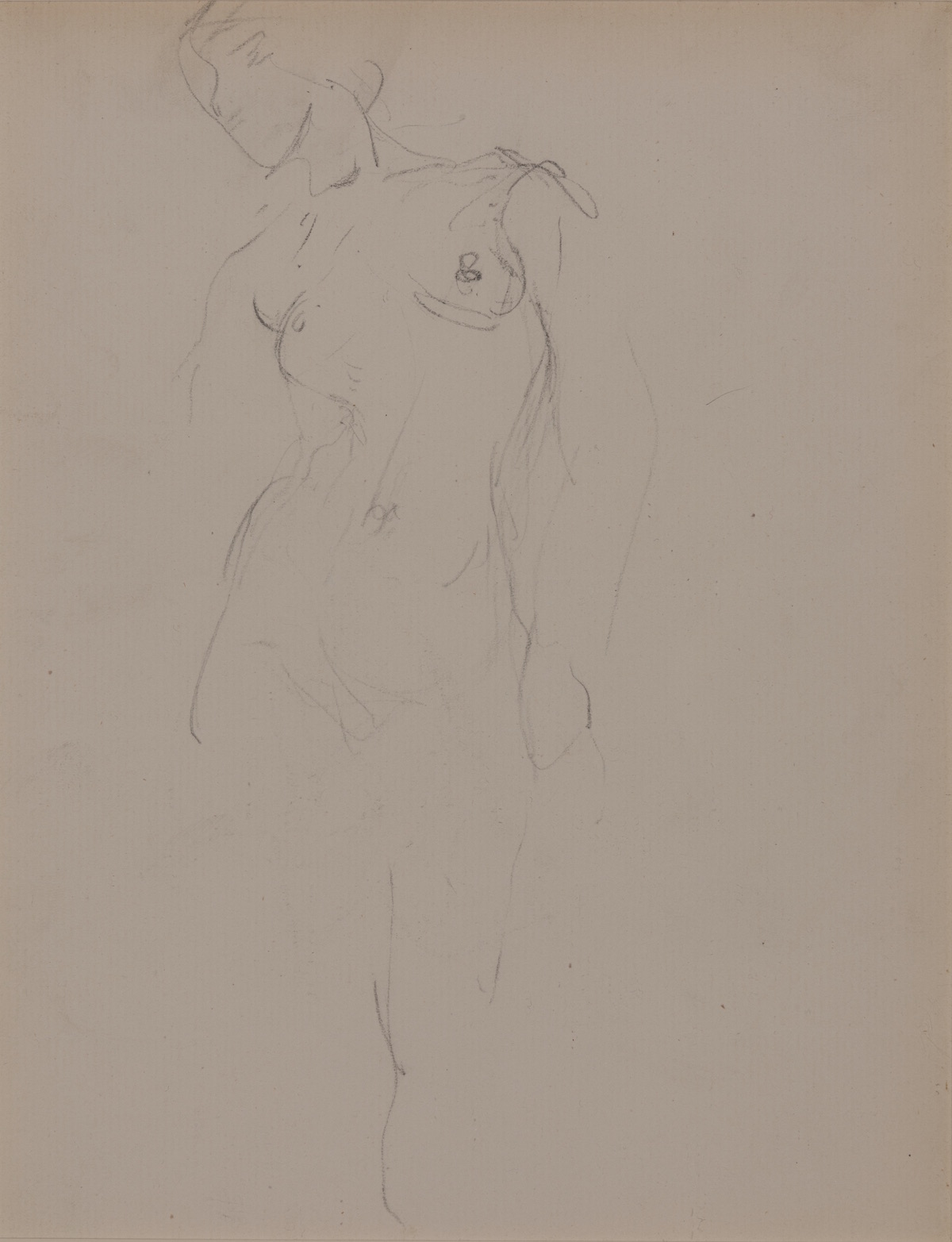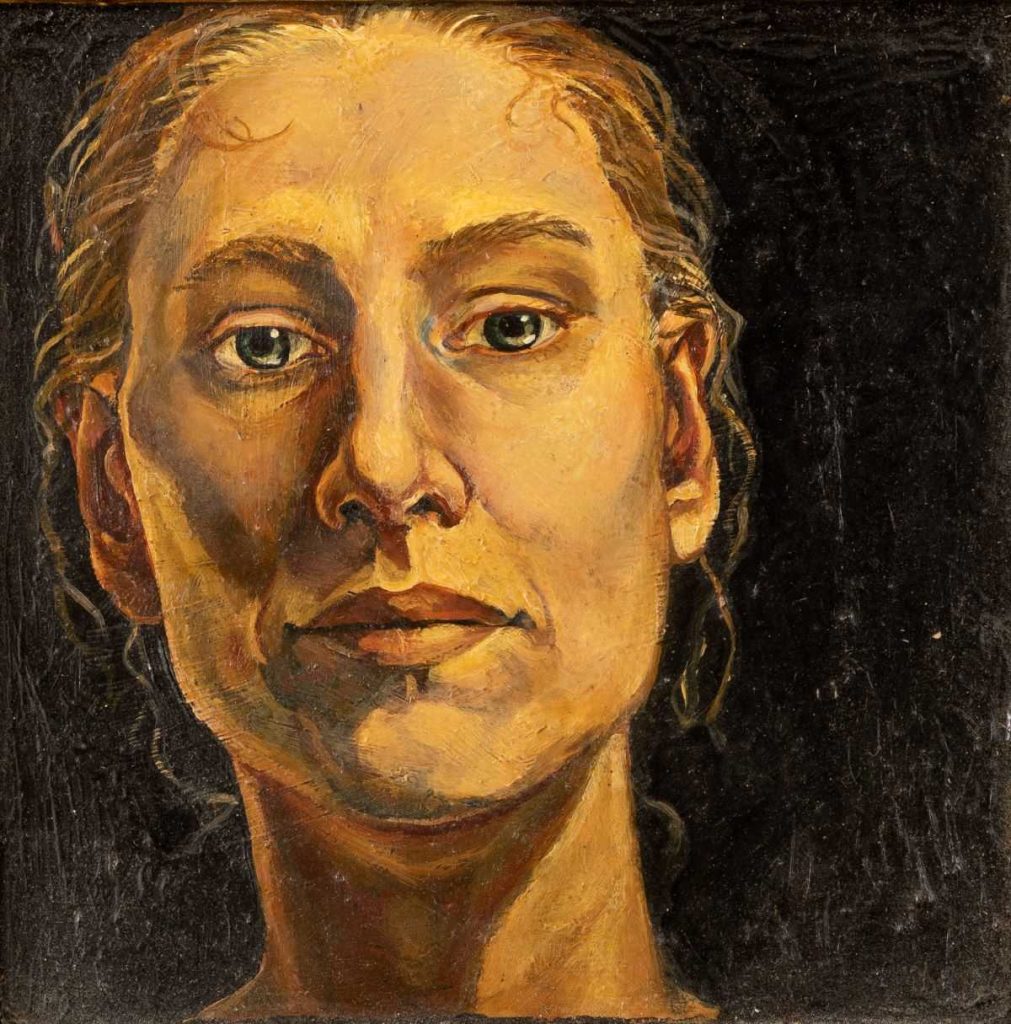Women by Women

For International Women’s Month, Georgie Hollands-Gray, a second year Museum Studies student on placement with the University Art Collection, highlights women artists and looks to promote their work
“In actuality, as we all know, things as they are and as they have been, in the arts as in a hundred other areas, are stultifying, oppressive, and discouraging to all those, women among them, who not have the good to be born white, preferable middle class, and above all, male.” (Nochlin, 1971)
Women artists have historically been underrepresented within galleries, exhibits and the art world at large. In 2014, the Tate Britain released data showing that only 15% of their permanent collection was by female artists. In 2017 they also announced that 78% of London art galleries represent more male than female artists with only 5% of galleries having an equal number.
Discussions around the under-representation of women artists first came to prominence after art historian Linda Nochlin’s 1971 essay ‘Why Have There Been No Great Woman Artists?’ where she explored the institutional obstacles that have prevented women from succeeding in the arts.
The Women’s Movement in the USA (and elsewhere) led to a rising call for the inclusion of women artists in traditionally male spaces by feminists groups. One of the most notorious groups, Guerrilla Girls have been advocating for women artists and artists of colour since the 1980s. Their most famous piece directly confronted the Met Museum for their lack of women artists, whilst their galleries had an abundance of female nudes and artworks of women.
In the 40 years since the 1980s, many other art groups led by women have campaigned for the inclusion of more women artists in galleries, collections, and museums. Progress has been made, albeit slowly.
Since its establishment in 2015, the University Art Collection has been actively working to acquire artworks by women artists. Looking at the Collection, I have found:
- 25% of the collection is by female artists
- an estimated 19% of the artworks are of women
- with 77% by male artists
- and 23% by female artists
To redress the balance between male and female artists, and for International Women’s Month, I am taking this opportunity to highlight some of the female artists in the University Art Collection.
Minnie Jane Hardman (nee Shubrook)

Hardman (1862-1952) was a student at the Royal Academy from 1883-1889. During her time at the Academy, she was featured in newspaper articles about women artists where she was referred to as “among the most promising” of “Lady artists.” She was one of the only twelve female students admitted yearly to the Royal Academy during this period. In fact the Academy had only accepted their first female student in 1860, accidentally.
During Hardman’s time at the Royal Academy Schools, women were only permitted to attend the antique and painting classes where they were separated from men in so called “Ladies Painting” classes. Due to these restrictions created because of “their delicate nature”, female students were also unable to attend life drawing classes until 1893. All of Hardman’s life drawings in the University Art Collection were produced outside of the Academy.
The University Art Collection holds 125 original works by Hardman, mostly from her time as a student. They are a brilliant insight into the Royal Academy’s teaching practices at the time as well as into the experience of female artists when their works and talents were only just beginning to be recognised. An online exhibit of her work can be found here.
Theresa Victoria Wylde

Wylde (1870-1949) was born in Victoria, British Columbia and came to attend the Slade School of Art in London in the early 1900s. During her time of study in London she had four showings with the Royal Academy: Muriel in 1903, She Dwells in 1907, Love Laughs at Locksmiths in 1909, and This Is the World, And I am King. For Me the Birds Come Out and Sing in 1909.
At some point, Wylde returned to Canada for a period where she was a member of the Ladies Art Club of Vancouver, later known as the Victoria Sketch Club, where she taught classes. Wylde would return to England with her sister Kate where she continued to paint, with a focus on portraiture, until her death in the winter of 1949.
The University Art Collection only has one of Wylde’s paintings, a watercolour portrait titled ‘Miss Mabel Faithfull.’ Wylde was praised in her own time for her ability to make the faces and expressions of her subjects so life-like with her firm but carefully drawn lines. This is a portrait of the same Miss Mabel Faithfull who was warden of the Lady Warwick College in Studley from 1905 to 1908.
Gwendolen Mary John

Gwen John (1876-1939) was a Welsh painter, who is best known for her self-portraits and portraits of other women. Unfortunately, for John she was overshadowed by the men in her life during her career, most notably her younger brother Augustus John, who was a highly celebrated painter himself. It is only recently people have come to view Gwen as a more talented painter than Augustus, though this was a view he always held and it appears he wished for his sister to see the same success as himself.
Having studied at the Slade School of Art, there is no clear answer to why Gwen John focused on women specifically in her works. The most popular interpretation is that through painting these women, Gwen John was painting herself. A model of hers once described how the artist would pose models to sit exactly as she did and, in a way, act as a reflection of her own personality.
The University Art Collection does not hold any of Gwen John’s paintings, but instead one of her sketches. This work still displays the same delicacy that Gwen John bestowed upon her paintings. On the opposite side of this piece is a faint sketch of a seated woman.
Frances Turner

Turner (1965-2003) was originally trained at the Royal Academy of Dramatic Art and spent her time from 1991 to 1994 working in theatre. Her acting experience influenced her art as she drew from the characters and atmosphere surrounding her. She would go on to graduate from the Wimbledon School of Art in 1994 and St Martins College of Art and Design in 1998, before becoming a lecturer of Fine Art at Newham College.
A British Portrait Award Exhibition winner and five time nominee, Turner worked in traditional mediums with a focus on oil and graphite. As well as her influences from theatre, she was obsessed with the human body referring to it as the ‘shell.’ Her works often focused on the unique and grotesque nature of bodies and finding beauty in all of them.
The University Art Collection currently owns two portraits by Turner, including this self-portrait of the artist in her traditional medium of oil paints.
In an ideal world, we wouldn’t have to be writing a blog uplifting and championing women artists. This would already be happening naturally. Women artists would make up an equal share in galleries, collections, and museums. Their work would be as celebrated and discussed as that of their male counterpoints.
Many institutions are now actively working to improve the male-female balance in their collections. Also, following in the tradition of those feminist art groups from the 1980s, there continue to be women’s art groups highlighting and celebrating the artwork of women.
Listed below are a handful of women’s art museums, collectives, and societies focused on promoting and celebrating the world of women artists: